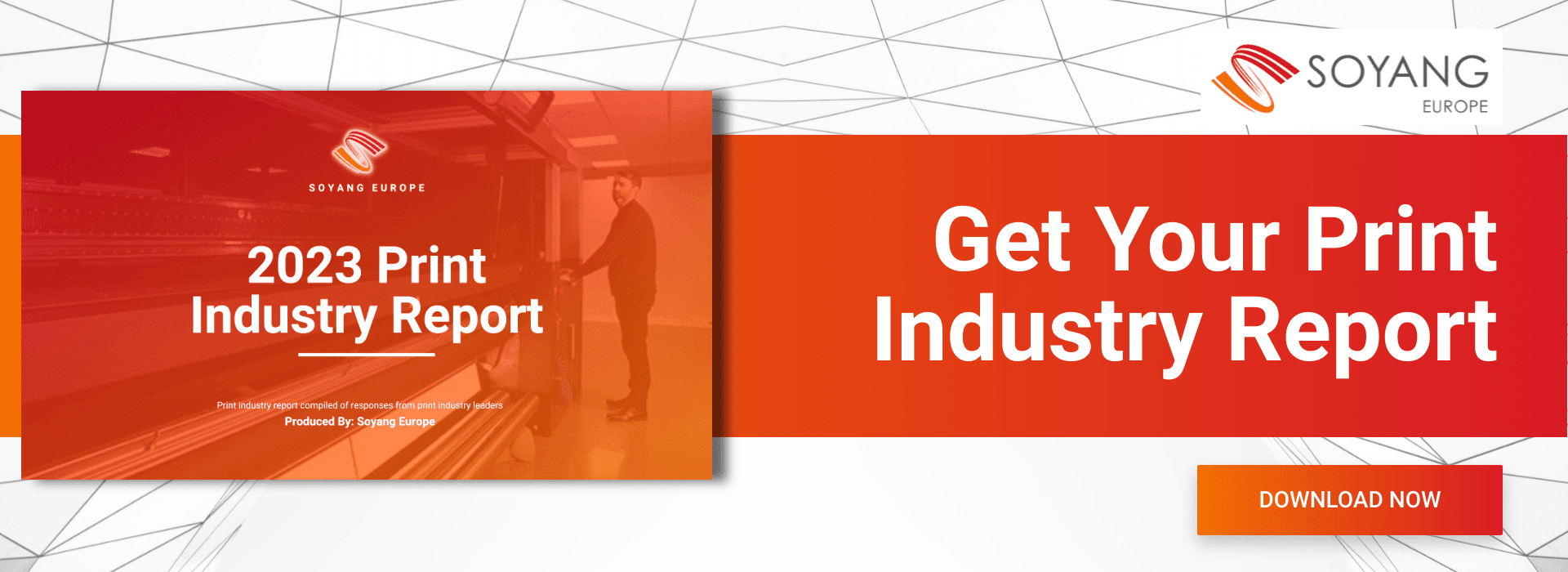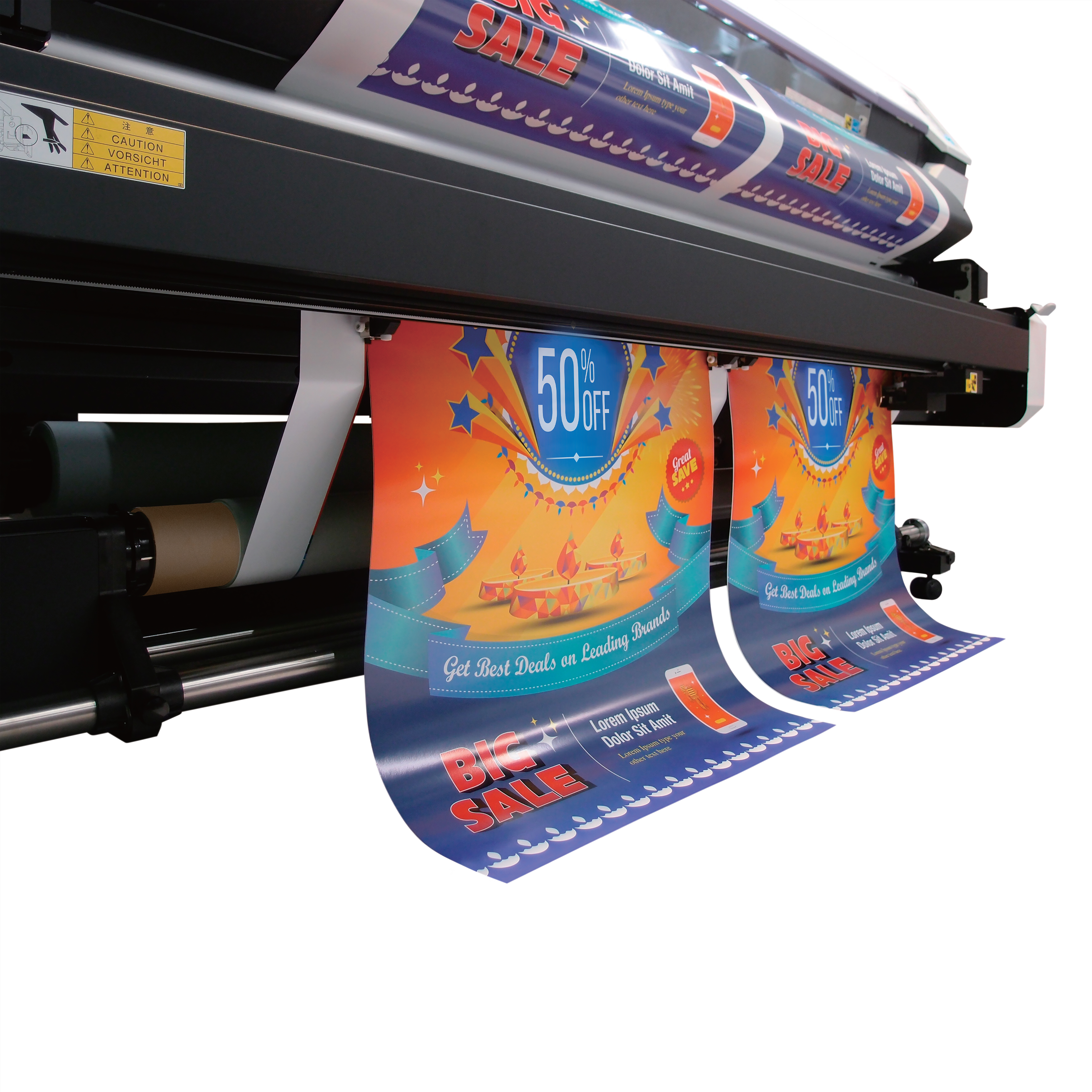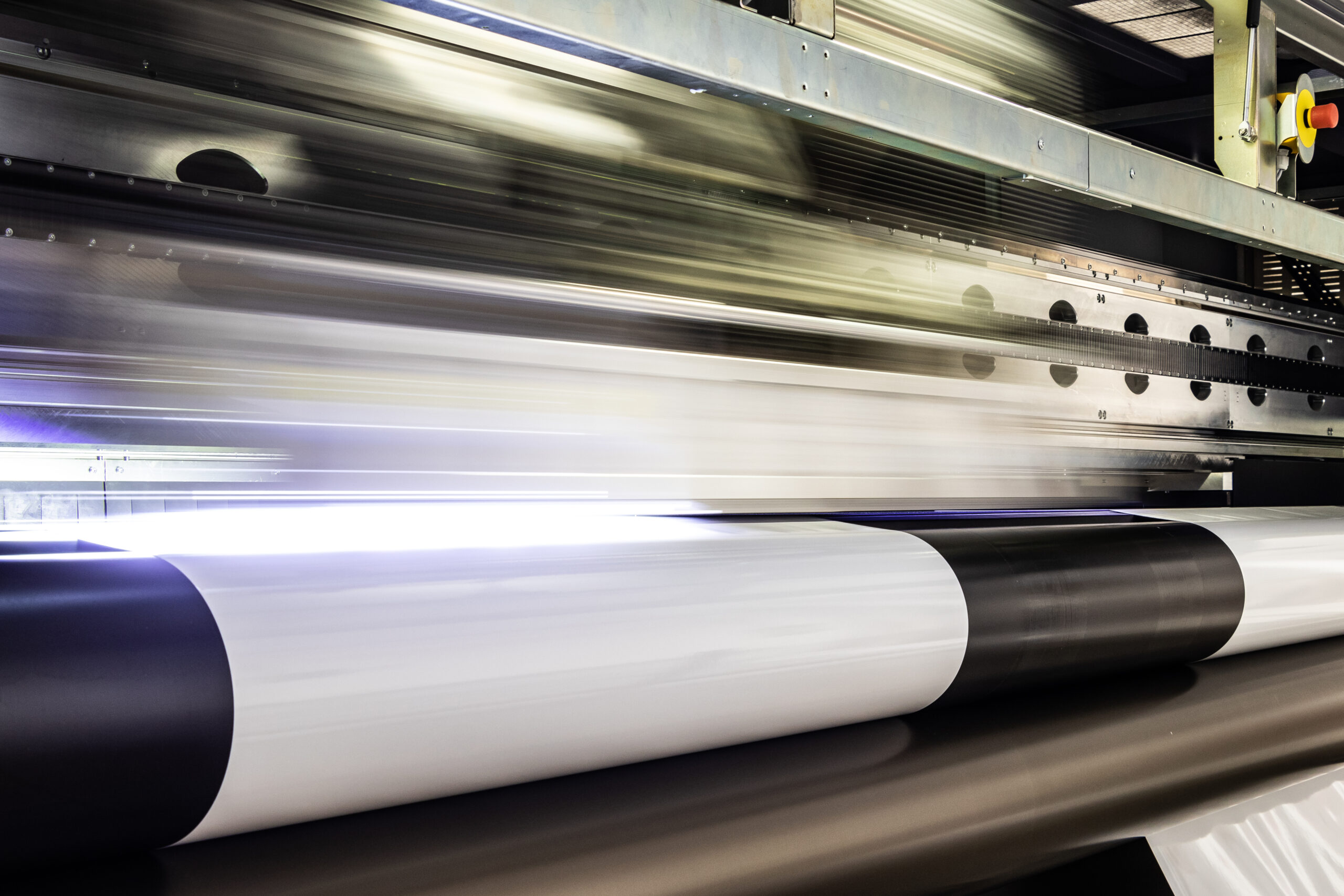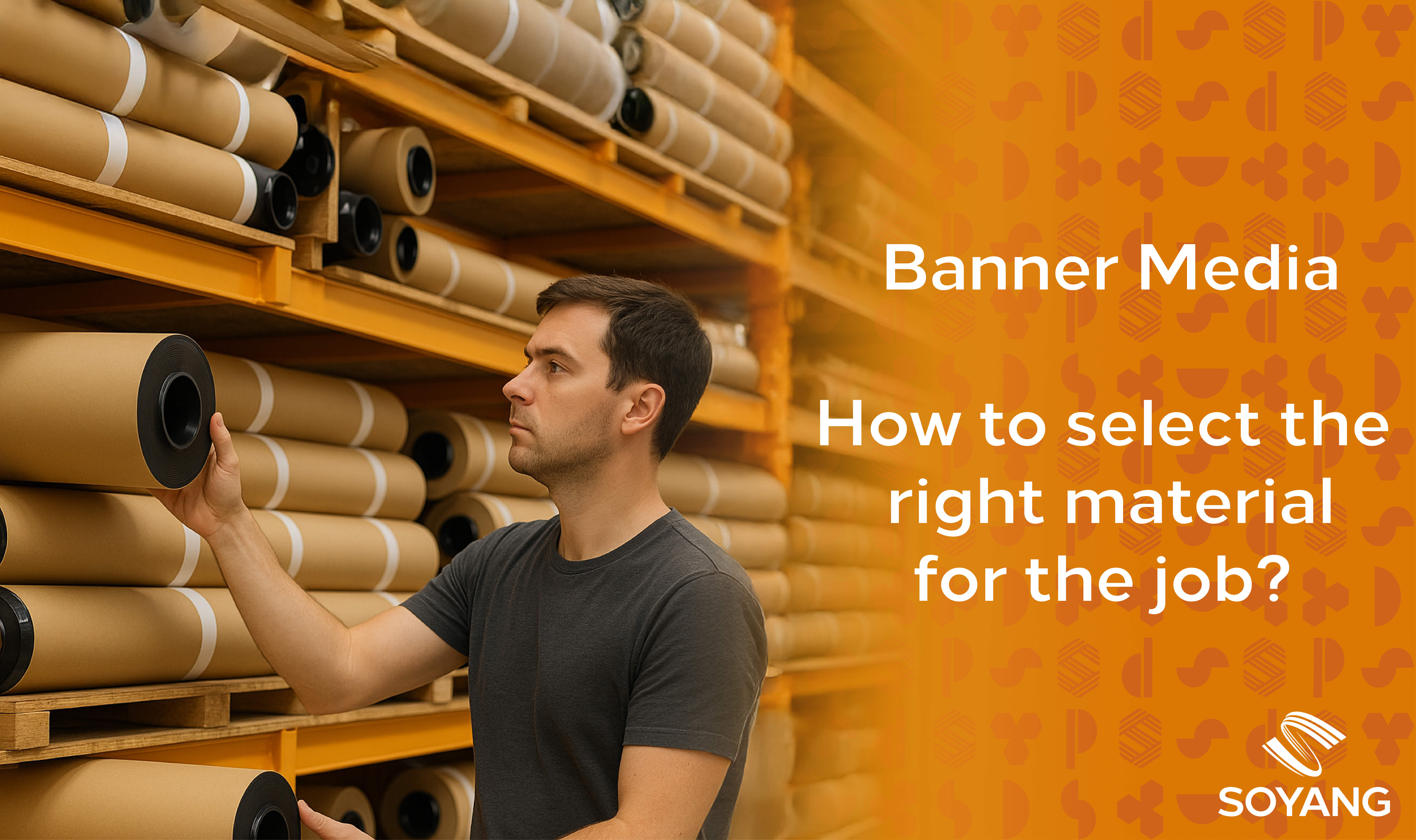Protecting the environment has become more than just a personal preference and consumer choice, it has become the single most important debate in world politics. And it has touched the world of large format printing too. More and more requests are now being made for eco-friendly signage solutions.
For the large format print industry as a whole this shift towards greener products with a smaller carbon footprint and greater emphasis on recycling and sustainability is being noticed and acted on.
Pollution is something that affects everyone and every industry is tasked with the responsibility of becoming cleaner and greener than their predecessors. Large format printing already carries with it a high burden of energy especially when it comes to producing banner printing. PVC banner printing has been the choice material for retail signage for a long time, but it is getting hard to ignore the environmental impacts of it.
What is PVC and why is it bad for the Environment?
PVC or Polyvinyl chloride, often called just vinyl, is one of the most widely used plastics in the world. It can be found everywhere; in packaging, furniture, toys, in buildings and a thousand other commonly used items. It is also a popular substrate when used in sign and banner printing. One of the reasons it is so popular is that it is low cost and easy to manufacture.
However, PVC isn’t without its detractors. The environmental cost of producing PVC is lot more than the economic viability of producing it. Environmentally speaking, PVC has been a major source of pollution for the planet and a major impacting reason for climate change.
Throughout the life of PVC – in its production, use and disposal – it releases toxic chemicals like chlorine into the air and water and the carbon footprint it leaves is as big as any other plastic source.
It still is one of the most popular large format printing materials primarily because it is cost effective, durable and easy to use. But with a shifting of priorities pointing toward greater sustainability and greener materials there should at least be alternatives to PVC when looking at large format banner printing.

Can Recycled PVC Still be Eco-Friendly?
Many large format printing companies are able to recycle PVC, some have launched PVC banner recycling initiatives. Being a plastic, PVC actually has a lifespan of over 140 years and can be recycled numerous times. While PVC remains one of the most ubiquitous products on earth, it can only be a good thing to try to recycle and reuse it as much as possible in preference to creating new PVC. However it is not a permanent alternative.
PVC Free Large Format Banner Printing
There is a growing demand for non-PVC printable materials and substrates. And there are queues of potential clients lining up to purchase retail banners and signs who don’t want to use PVC made products. Many people feel that it is a corporate responsibility to offer sustainable choices to customers.
There are alternatives to PVC, including PVC free materials specifically designed for sustainability and with eco-friendly materials. What this means is that it becomes easier for end of life banners to be recycled rather than being sent to landfill or having to be incinerated. In fact with PVC free material even this can be done without the adverse environmental impacts usually associated with this type of disposal.
Not that print customers would want to, because the large format print industry has waited for a viable PVC alternative for a long time and the latest addition to the PVC free products include banners, mesh and flags that are all equally suitable to exterior signage as they are to indoor displays and building wraps.
One such offering is eco-friendly banner printing. Eco-banners can be ideal solutions for large display and exhibition graphics that are made from non-PVC material in excess of three metres. Being 100% recyclable, they are lightweight alternatives to traditional PVC and are also compatible with latex, eco-solvent and UV printing.
Aluminium banners are also proving a popular eco-friendly option, primarily because of their ability to be easily recycled. They are ideal for both interior and exterior settings and benefit from being very straightforward to install. Again printing can be done using UV, eco-solvent and latex ink.

Eco-Friendly Banner Printing Inks and Applications
Latex Banner Printing
If there was an ink application that was designed to be sustainable then it is latex printing. Most latex printers use water-based inks and it can be fast drying too, enabling the media to be rolled up immediately after it comes out of the printer.
It might be easy to assume that because an ink is eco-friendly then it must be inferior to other products possibly using more harmful chemicals, but this isn’t the case. Print displays retain the same vivid high colour definition. Latex printing is more scratch resistant than solvent inks that often need to be post coated in a protective laminate prior to installation.
In fact modern printing technology allows nearly everything to be either recyclable or limit environmental impacts. Latex ink cartridges can be recycled, the ink can be made biodegradable and the substrate, whether PVC free or not can also be recycled, reducing the carbon footprint when disposed.
Eco-Friendly Banner Printing Benefits
Renewable materials – In contrast to many non-recyclable banner materials, eco-friendly banners are manufactured from renewable and sustainable resources like aluminium, fabrics like yarn or hemp, or rigid paper board material, which contain no toxic chemicals
Environmental certification – Many non-PVC materials are either FSC certified, comply with European REACH standards or help companies gain quality standards like ISO9001 and ISO14001.
Strength and durability – Designed to be tough and sturdy to withstand exterior environments as well as having the flexibility to fold and store away when needed.
Going green in your eco-banner choices can be as simple as choosing one of the many non-PVC alternatives. It might be the most positive, eco-friendly business decisions a print buyer can make.








